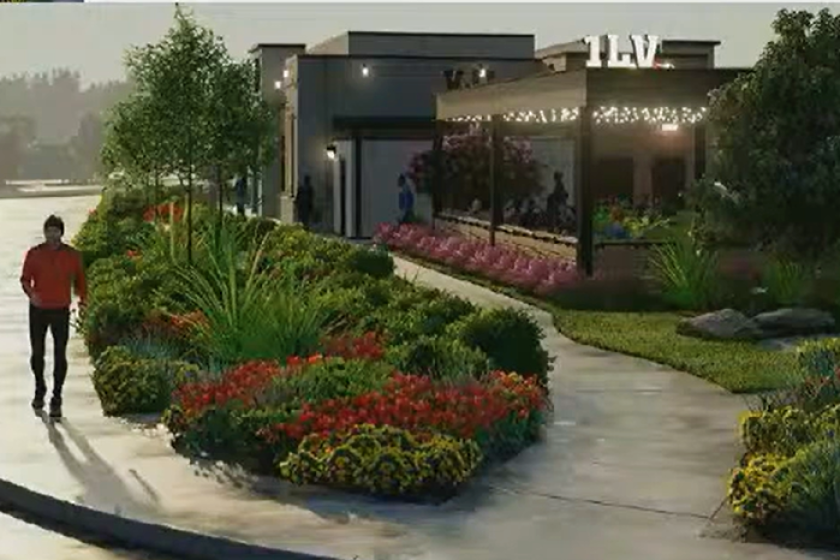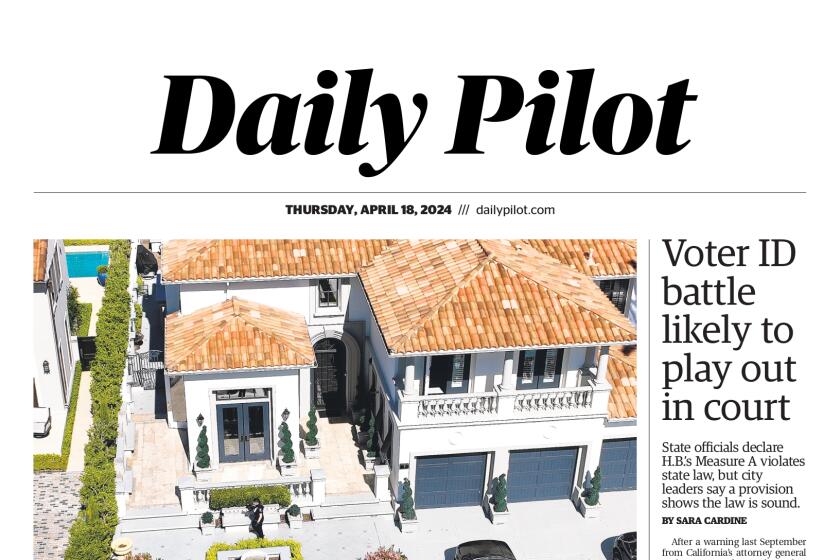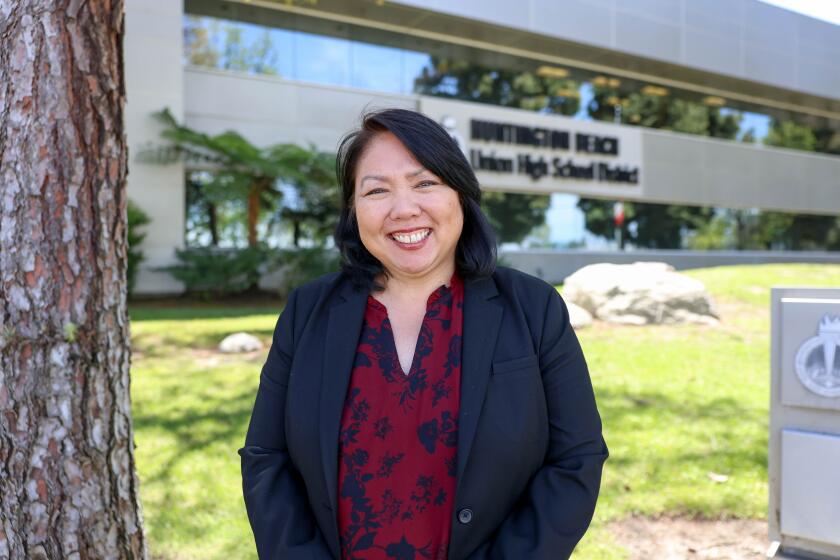Reports call for more balance in downtown Huntington Beach
A pair of analyses of the Huntington Beach downtown scene show a grim picture of the impact the bars and concentrated alcohol licenses have on the city’s safety and reputation.
Two Huntington Beach organizations have compiled data highlighting the number of establishments that serve alcohol and the number of bar and restaurant customers who flush into the city’s streets and, as a result, make Huntington Beach the city with the most drunk-driving incidents for its size in California.
One of those organizations, Huntington Beach Neighbors, says the city’s approach to dealing with filling vacancies downtown has created an area that encourages partying and drinking on weekends and summer nights instead of tourism and a balanced retail area that also serves the residents who live there.
“Our first objective is to stop having or to slow down the growth of youth bars so we have a better balance of establishments in downtown Huntington Beach,” said Richard Plummer, the Neighbors’ vice president. “We already have a tourist destination.”
Over the years, retail stores that closed downtown were replaced with restaurants that serve or want to serve alcohol. Ka Shabu replaced California Greetings, and Bomburger also replaced a retail store.
Councilman Joe Shaw said he doesn’t believe the city planned this arrangement, but it all just happened that way, partly because staff don’t have strict guidelines from the city’s leaders.
“I wish we would do more,” he said. “But I think there are some on the council that are very reluctant to draw the line and say there shouldn’t be more liquor licenses downtown. And you know, it’s hard to just say there shouldn’t be when you consider a place like Morton’s The Steakhouse wanting to come in. We would certainly want to be able to have them come in.”
Downtown has 62 restaurants, of which 39 have licenses to serve alcohol, the Neighbors’ report said. Those 39 restaurants and bars, which sit within two blocks of each other, have a maximum occupancy limit of 6,355, giving the downtown area the highest concentration of bars in Orange County and one of the highest in the state, the report said.
At midnight, up to 3,200 customers and bar visitors flush into the streets from the 18 establishments that close at that hour, according to the data, which was compiled from local and state agencies.
“The city says that they want sales tax and by having lots of restaurants, they get a lot of sales tax, but what they don’t take into account is the additional cost of city services to the area, like police, paramedic, cleaning and maintaining the streets, vandalism... etc.,” Plummer said. “The police cannot maintain the proper services when you have over 3,000 bar patrons pushed into the streets between 12:30 and 1:30 a.m.”
Councilman Keith Bohr said most of these restaurants close before they have to, and thousands of partiers don’t get out at the same time. He also said the number of DUIs in the city partly reflect the city’s enforcement.
“We’re a larger city, and we enforce most of these,” he said. “We have major DUI enforcement, and we go after every grant to do it.”
Surf City’s biggest problem is its DUI numbers, making it one of the most dangerous places for driving, according to the Huntington Beach Downtown Residents Assn., which also recently came out with an analysis highlighting the city’s public safety problems.
The group’s analysis shows that compared to other cities, Huntington Beach has a disproportionate number of alcohol-related traffic issues and crimes. The group also compiled its data from local and state agencies.
One sobering fact is the number of crimes in downtown compared to the rest of the city, the association’s report shows.
The chances of getting robbed, assaulted, raped or burglarized are almost 800% higher downtown than in the rest of the city, the report concluded. Downtown represents only half a percent of the city’s total population, yet the area has 28% of the alcohol licenses issued for restaurants or bars in the entire city, the analysis said.
“The purpose was just to provide information so our decision-makers have the best information available to them when they make their decision,” said association spokesman Kim Kramer.
Bohr acknowledged that downtown can be more balanced. More development of multi-family units would provide more year-round residents to support retailers and restaurants, he said.
“We don’t have office tower populations that go to lunch, shop after work and maybe meet co-workers for dinner, so you’re missing that population,” Bohr said. “You’re mostly getting folks coming out Friday and Saturday nights.”
As of right now, there isn’t a clear agenda or direction from the council on how to solve the problems associated with downtown, but both Shaw and Bohr said they are in talks with community members to try to put together some plans to alleviate these problems and make downtown a better place for residents.
All the latest on Orange County from Orange County.
Get our free TimesOC newsletter.
You may occasionally receive promotional content from the Daily Pilot.



